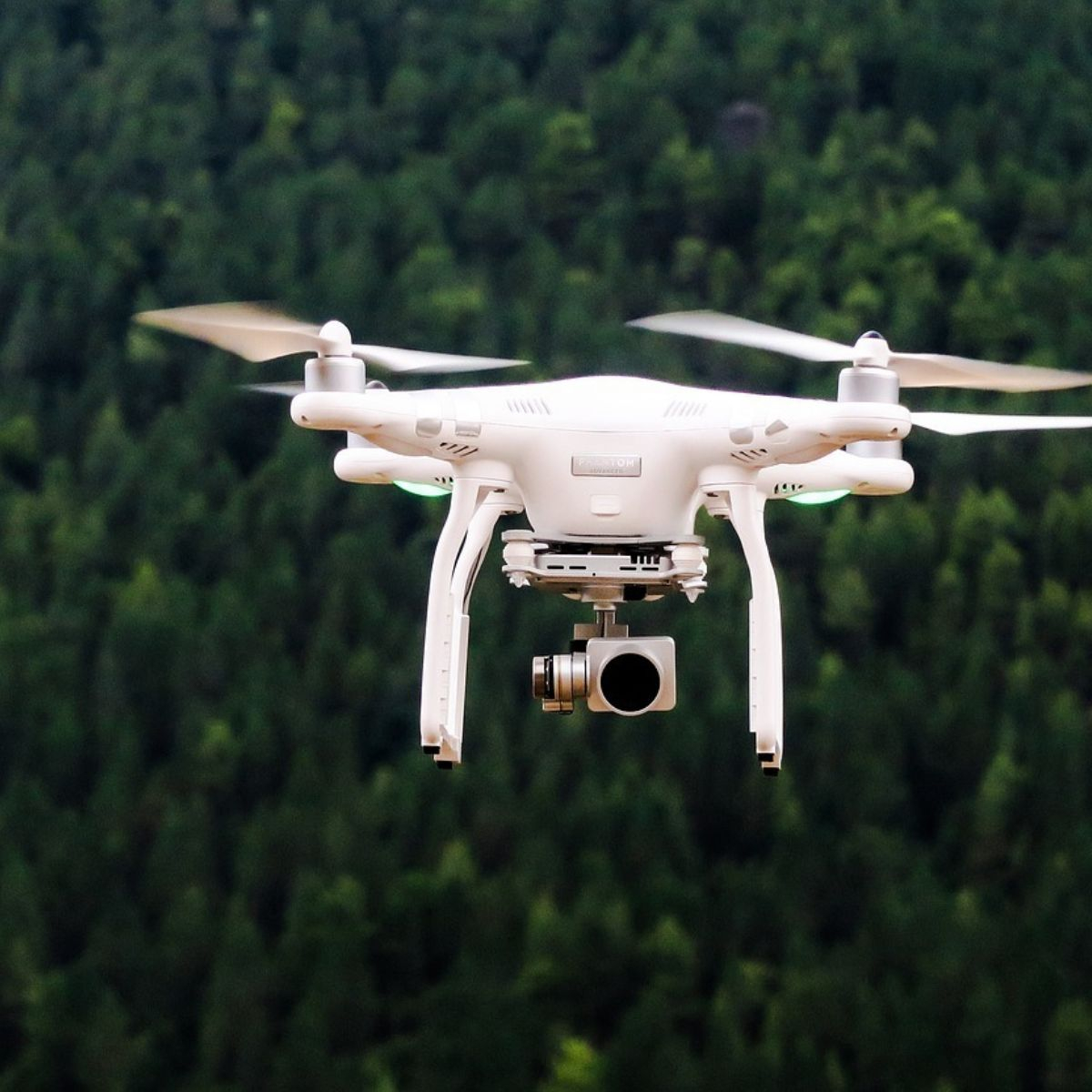The use of technology in agriculture has drastically changed the way farmers work and the way crops are grown. One of the most innovative developments in this field is the use of drones for crop fertilization. This technology has enabled farmers to apply fertilizer to crops more efficiently, quickly, and precisely, resulting in increased crop yields and reduced costs.
Overview of Drone Technology
Agricultural drones, also known as unmanned aerial vehicles (UAVs), are remotely controlled devices that can be used for a variety of agricultural applications, including crop fertilization. These drones are equipped with sensors, cameras, and other specialized equipment to enable them to detect and collect data about the crops and the environment. The drones can then use this data to determine the precise amount of fertilizer that should be applied to the crops. This precise application of fertilizer can result in more efficient and effective crop fertilization.
Benefits of Drone Technology
The use of drones for crop fertilization offers numerous benefits to farmers. First, it allows them to apply fertilizer more efficiently, reducing the amount of time and money spent on the process. Second, drones enable them to apply the fertilizer more precisely, ensuring that the right amount of fertilizer is applied to the right areas of the crop. This can help to reduce the amount of fertilizer that is wasted and can help to maximize crop yields. Finally, the use of drones can help to reduce the risk of environmental damage from excessive fertilizer use.
Challenges of Drone Technology
Although drone technology has many advantages, it also comes with a few challenges. One of the main challenges is the cost of the technology. Drones are expensive, and the cost of purchasing and maintaining them can be prohibitive for some farmers. Another challenge is the need for skilled operators to operate the drones. Operators must be trained in the use of the technology, and this can be a time-consuming and costly process. Finally, there are also regulatory hurdles that need to be overcome before drones can be used for crop fertilization.
Conclusion
The use of drones for crop fertilization is an innovative and potentially game-changing technology. It offers many advantages to farmers, including more efficient and precise fertilization, reduced costs, and reduced environmental damage. However, there are also some challenges associated with the technology, including cost, the need for skilled operators, and regulatory hurdles. Despite these challenges, the potential benefits of drone technology in crop fertilization make it an attractive option for many farmers.

